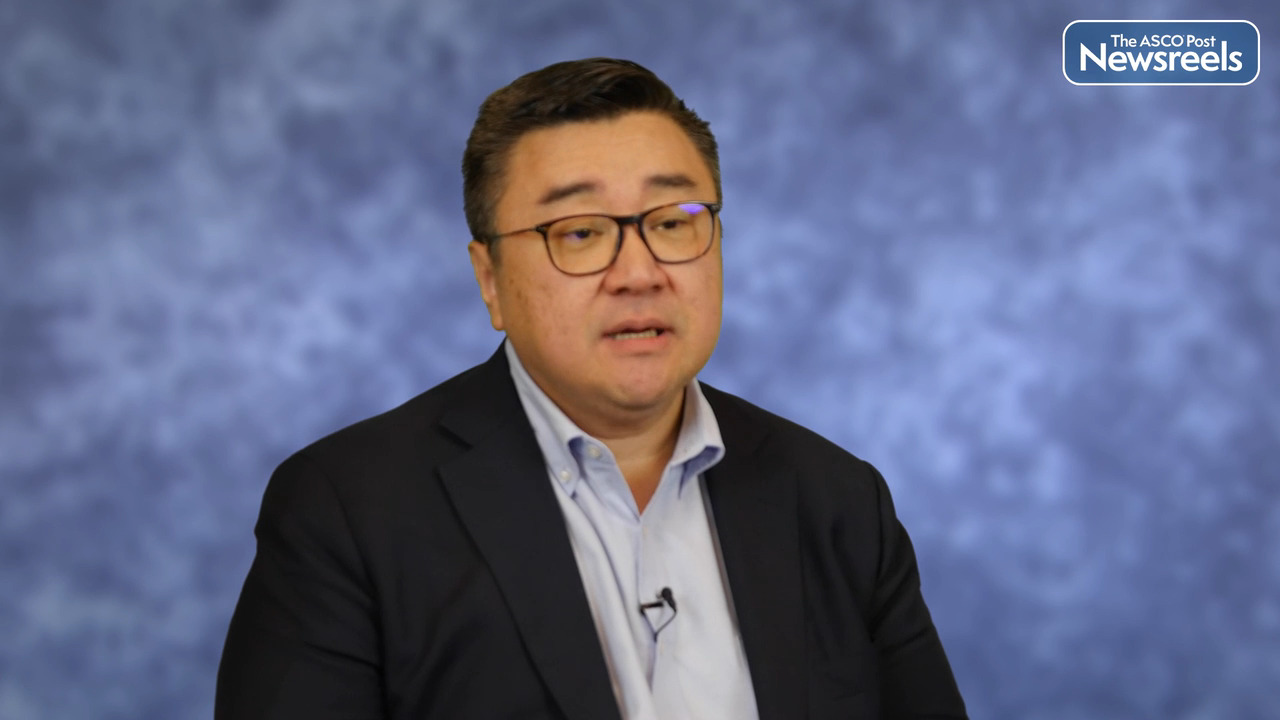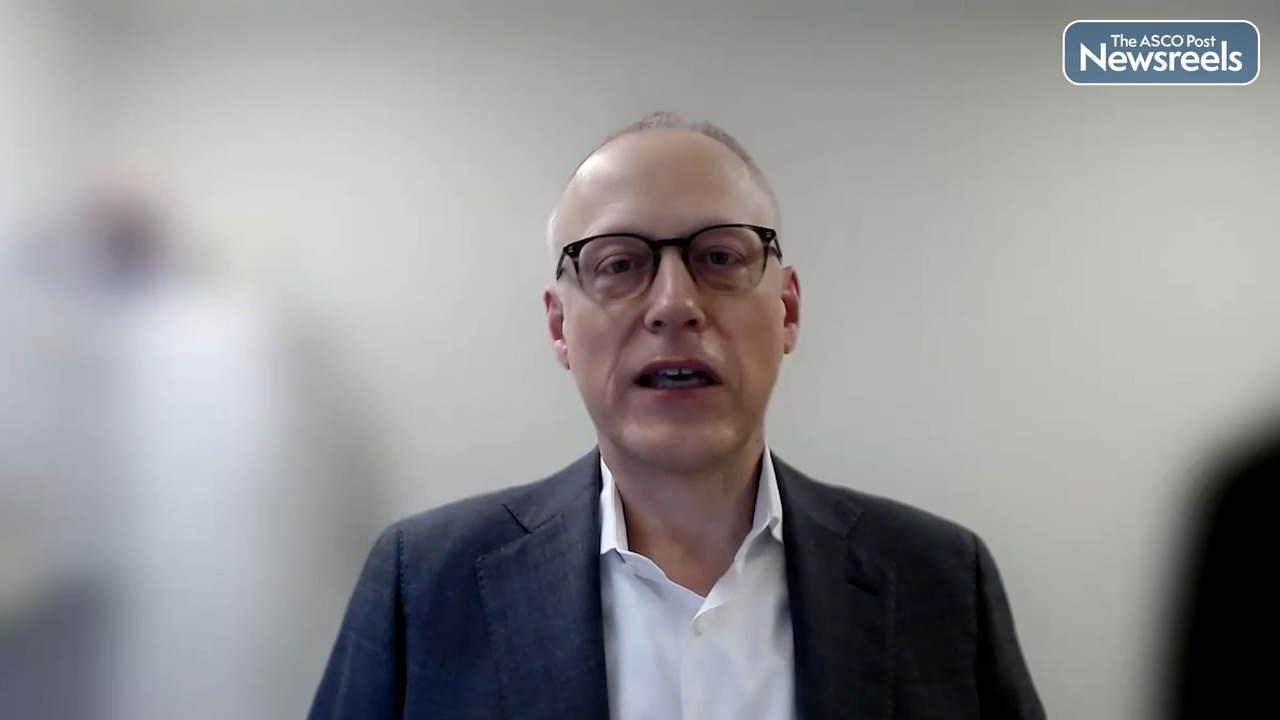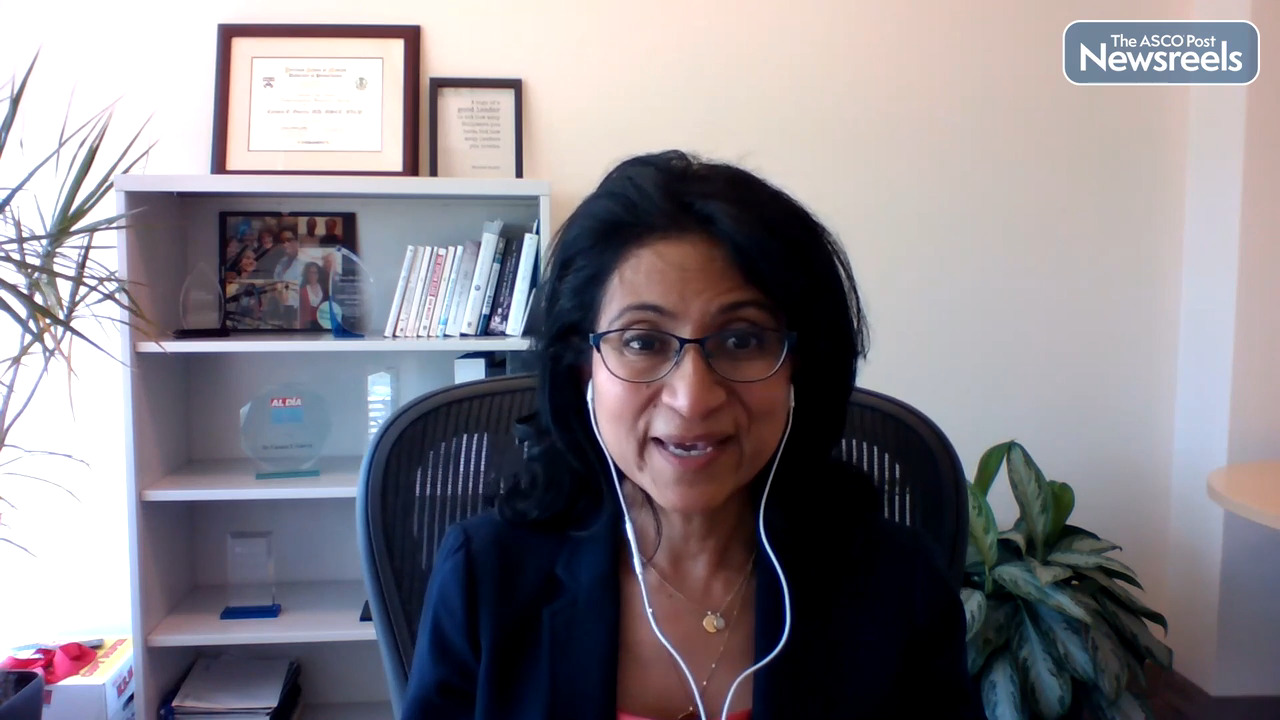Transcript
Disclaimer: This video transcript has not been proofread or edited and may contain errors.
Checkpoint inhibition has revolutionized how we treat cancer. The original checkpoints were PD-1 and CTLA-4 that have been successfully targeted in the clinic. And a new inhibitory receptor Lag-3 that has been referred to as the third checkpoint in the clinic was so because it was the third to be targeted in clinical trials. This molecule has been of significant interest for over 20 years, but excitement and interest in this molecule has increased significantly in the last couple of years following the successful outcome of a Phase 2-3 registrational clinical trial, RELATIVITY-47, which demonstrated progression-free survival enhancement with targeting Lag-3 and PD-1 versus PD-1 alone.
This led, in early 2022, to the FDA approval of a fixed dose combination of antibodies targeting both PD-1 and Lag-3. Ongoing studies are continuing to evaluate the efficacy of this combination in a number of different tumor types, and there are now over 20 therapeutics that are targeting Lag-3, either alone or in combination or in bispecific formulations. So as a consequence, there's been a great deal of interest in Lag-3, understanding how it works, how to optimally target it, and how we can enhance the efficacy seen with this combination with potential triplet combinations. However, all of the challenges that are exhibited with targeting PD-1 are comparable to those with PD-1 and Lag-3, such as not all patients respond to this combination and some tumors still remain refractory.
So the big questions are how does Lag-3 really work? How can we learn from that in terms of understanding how it might combine optimally with PD-1 and potentially other therapies? And are there signatures that we can drive that might predict responsiveness to this combination? We published a paper that focused on understanding how Lag-3 works mechanistically in terms of driving an inhibitory signal. This is important because understanding how Lag-3 works might inform both how to target it optimally and how and why it might combine effectively with other therapeutics.
What we found was that Lag-3 is not so much an inhibitory signaler, but rather a signal disruptor directly targeting the co-receptors, CD4, CD8, and their downstream signaling cascade through a tyrosine kinase called LCK. This demonstrated for the first time that Lag-3 directly inhibits the very proximal events in T-cell receptor signaling, and therefore other therapeutics which target other aspects of T-cell activation, such as PD-1, which tends to target the costimulatory molecule CD28, offer optimal opportunities for dual targeting. Additional studies in both mouse models and in a human clinical trial have provided additional insight into how Lag-3 modulates T-cell functionality.
In both these mouse models where we've selectively deleted PD-1, Lag-3, or the combination, and a novel Phase 2 clinical trial in which samples from patients treated with anti-PD-1, anti-Lag-3, or the combination of blocking antibodies were evaluated that had metastatic melanoma gave surprisingly concordant observations. While previous studies have shown that targeting PD-1 enhances pre-exhausted cells and boosts effector activity, our studies have demonstrated that the combination of targeting both PD-1 and Lag-3 enhances T-cell receptor signaling and promotes effector activity, particularly as it relates to gamma interferon production and cytotoxicity.
Surprisingly, when we evaluate patients that are treated with the combination of antibodies that target PD-1 plus Lag-3, we see a retention of what might be considered an exhaustion signature from a transcriptional perspective while maintaining enhanced effector activity. And this unique phenotype is distinct from what is seen with patients treated with nivolumab alone. So these studies in combination suggest that enhanced efficacy is driven by increased effector activity, while retention of pathways might promote the longevity of anti-tumor T-cells. Future studies will clearly need to delve into these findings in more detail to further understand how these inhibitory receptors modulate CD8 T-cell functionality, but also how targeting these molecules impacts the greater tumor microenvironment to promote efficacy. Also, while a lot of attention has been focused on targeting these two inhibitory receptors for metastatic melanoma, we still have to wait for additional clinical trial data in different trial settings, but also of course with different tumor types.





